News - 20 March 2020
Inspiring tree stories for International Forest Day
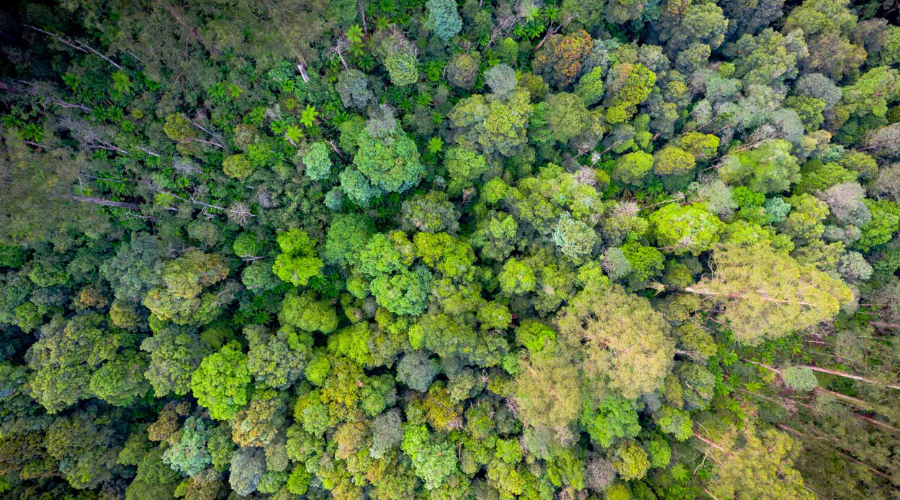
It's International Forest Day on Saturday 21 March, a time to appreciate the critical role forests and trees play for all life on Earth. Below, we have gathered some personal stories about how trees can shape our lives. Indeed, where would we be without them?
Forests represent some of the most biodiverse-rich places on the planet, providing crucial habitat for many unique, specialised species, including endangered animals like the greater glider in the forests of Victoria.
And we can't even come close to matching the ability of trees to pull heat-trapping carbon dioxide from the atmosphere, making them the best weapon we have against climate change.
Trees cool our urban spaces and and have other positive impacts; a walk in a forest can be a calming experience that reconnects you with nature and yourself, a mystical quality that can restore mental wellbeing.
All of these things make the recent summer of bushfires such a tragedy, but burnt forests are still living forests and must be supported to recover, while we protect green, unburnt forests from further damage. The continued logging and deforestation of native forests around the world, just as our planet continues to warm, is a special kind of madness.
So on International Forest Day, we're celebrating these wondrous living worlds and the trees that constitute them by asking our supporters to share memories of a particularly special tree. Read some of the stories we've gathered below and please share your inspiring tree story on our Facebook page.
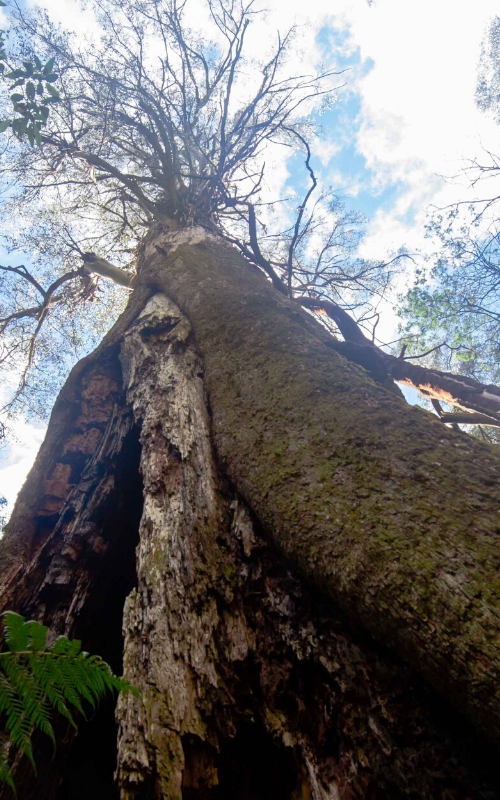
Martin Stringer, Melbourne
"Here is a 400-year-old Mountain Ash standing strong. I love this [Toolangi] forest. What is so special to me about this place is the incredible fungi, the lyrebirds and the way this forest smells breathes life into you.
"In 2018 I was diagnosed with cancer, which was a major shock and I couldn’t walk as I had an 8cm tumour in my knee. Just a few days before starting intensive chemotherapy, I spent some time out here with my amazing parents.
"It was a cold day in June and there was no one else around for miles. We were rugged up and we quietly admired the beauty soaked in the sounds of this sacred forest, with lyrebirds calling out all around us. At one stage I think we could hear at least six different lyrebirds in close proximity all trying to outperform the other with their ‘conciertos’.
"I was scared with the uncertain future and what I was dealing with, and I knew this forest medicine was just what I needed: it helped to calm me, feel more optimistic and it brought a great perspective to our lives and how interconnected we are.
"During my cancer treatment, I would think back to these forests to help feel calm and grounded if things got too much. Thankfully my treatment was successful and in 2019 I said goodbye to my crutches and wheelchair. I worked hard to regain my strength and stamina and worked hard with hydro and physiotherapy programs to later be hiking the forests with my camera.
"Just a few hundred metres from where this photo was taken, our forests are being logged at a time when they need protection. Now is the time to embrace these forests more than ever and to have them protected as they cannot be replaced and are worth far more than just cheap office paper."
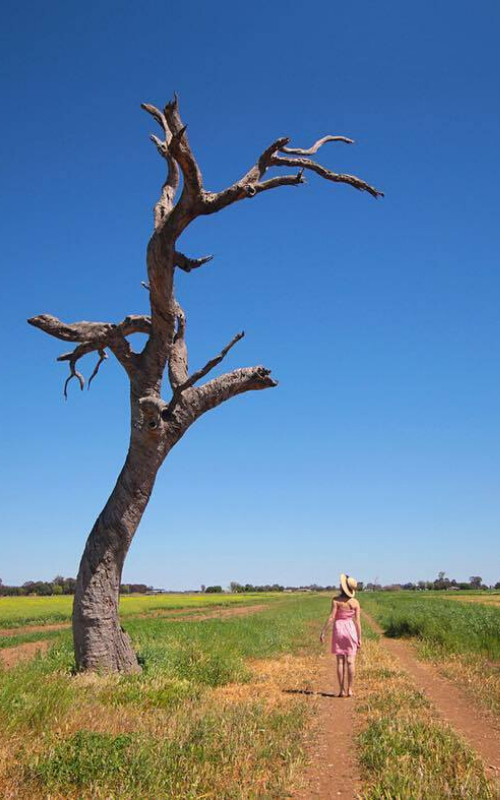
Micaela Jemison, Echuca, Vic
"At the back end of our farm, well out of sight of the farmhouse I grew up in, is a giant old stag. Its leaves had been long gone by the time I was born, yet here it stood in amongst the crops that my father grew.
"When I was young I asked my dad, why keep it? Surely, what is the use of a dead tree if it is not providing shade? My dad, a third-generation farmer, said to just keep looking at its old twisted branches.
"I waited and waited for what seemed like an age to a small child, as the sun set. Then, just as it was getting harder to see the gnarled branches against the dusky sky, it saw it! I saw the first of half a dozen small bats flitter out into the night sky. It was a moment I will never forget and a lesson I still hold dear today—even within death, life can flourish."
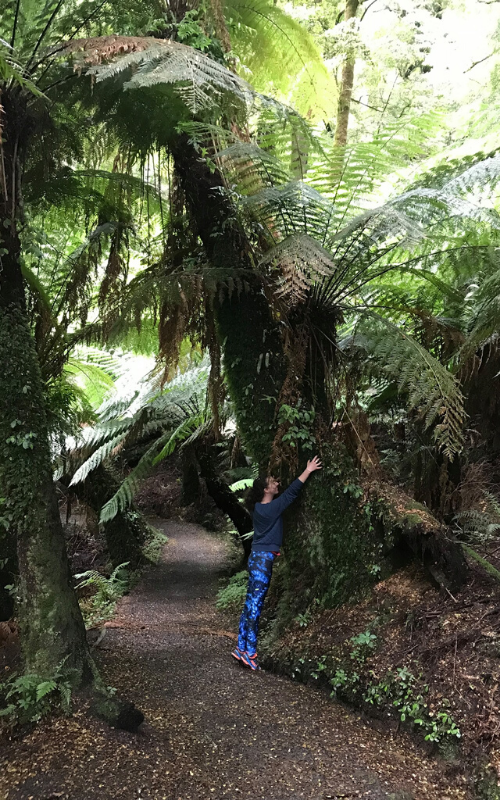
Lily Weinberg, Hobart
"I remember one of the first times I visited New York City as a 10 year old, searching out tree-lined streets so I could stand under the leaves and get what seemed to my child brain like the only fresh air around.
"Now, I make a point of visiting trees when I travel—the kauri trees in New Zealand, the redwoods in San Francisco, the maples on my parents' farm (it's maple syrup season right now!), the tree ferns in Tarra-Bulga National Park.
"Trees are time machines; a tree connects me to the past—the people who have visited it, the animals that have called it home, and the ecosystems it has supported.
"They connect me to the future too—the choices we have to protect magnificent forests or not, and spark my imagination about all the life it will support (fairy or real). But most importantly they connect me to the present—to be rooted down in one spot for one moment and to take the opportunity to be grateful and thank (and maybe hug) a tree."
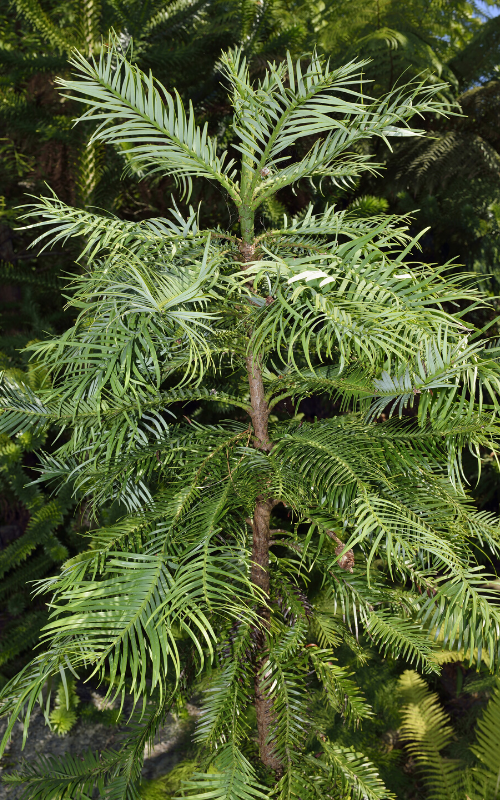
Tim Down, Bristol, UK
"It was remarkable to hear about the brave effort to save the last wild stretch of Wollemi pines in Wollemi National Park during the catastrophic summer bushfires. It reminded me of a special gift I gave my father for his 90th here in Bristol, England.
"In 2007 a small number of Wollemi seedlings were released for general sale in the UK through various selected plant nurseries. It was my father John’s 90th that year and since he was a keen gardener I bought him one of the pines. I remember it being over £100.
"It was thought to be quite unusual at the time and my gift was reported alongside a picture in the local paper. After he died the following year, I donated the pine to the University of Bristol Botanic Garden. I thought they would be the safest guardians of the tree and I knew it would receive optimum care.
"It’s been repotted at least once and now forms part of their collection of three Wollemis in a section of the gardens that showcase ancient plant species. There is a worldwide register of Wollemi pines, showing just how precious this species is, not only to Australians but the wider world as well. And for me, at least, they hold extra significance still."
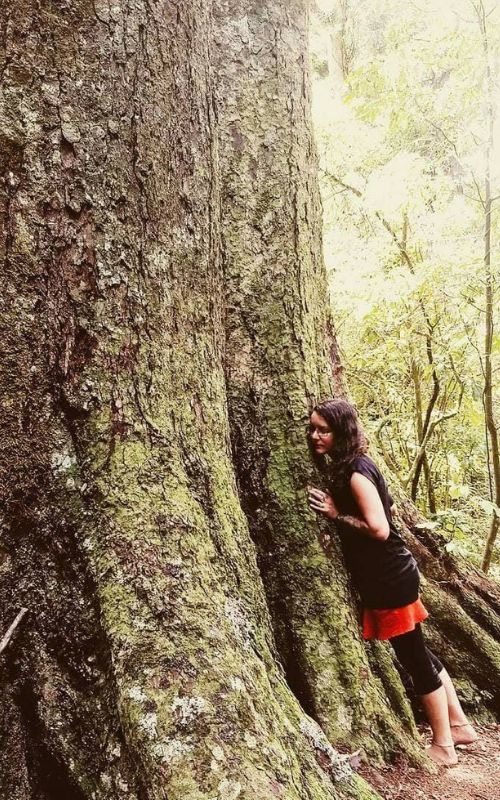
Tria Manley, Melbourne
"A couple of years ago I was back in New Zealand to spend time with my Mum while she recovered from an illness that had left her housebound. I ventured out one day while she was resting, and stumbled upon a lush, remnant forest amidst vast open farmland.
"Some bloke with a lot of foresight protected it for future generations after World War 2. As I roamed barefoot along the mossy pathways, I encountered this ancient kahikatea, a type of tree that's been around since the days of dinosaurs, but is now nearly wiped out.
"As I stood beneath it, I felt a calmness wash over me, and a deep sadness that this is one of the last of its kind due to human impacts. I keep this giant in my heart as a source of inspiration for what is possible when we protect nature."